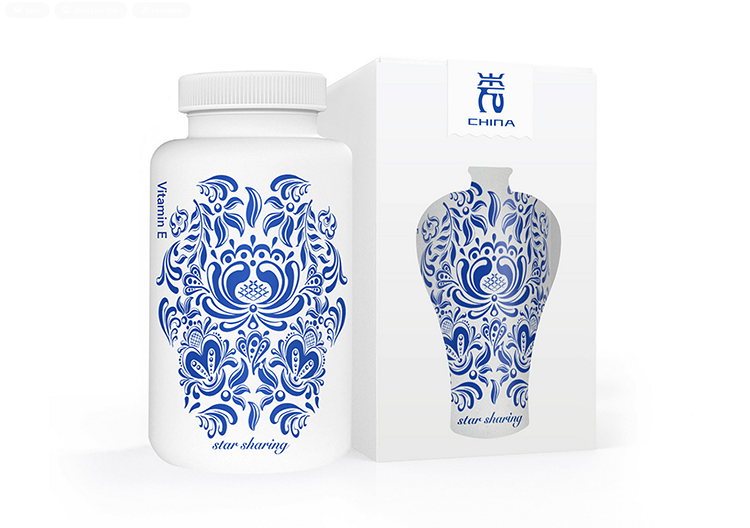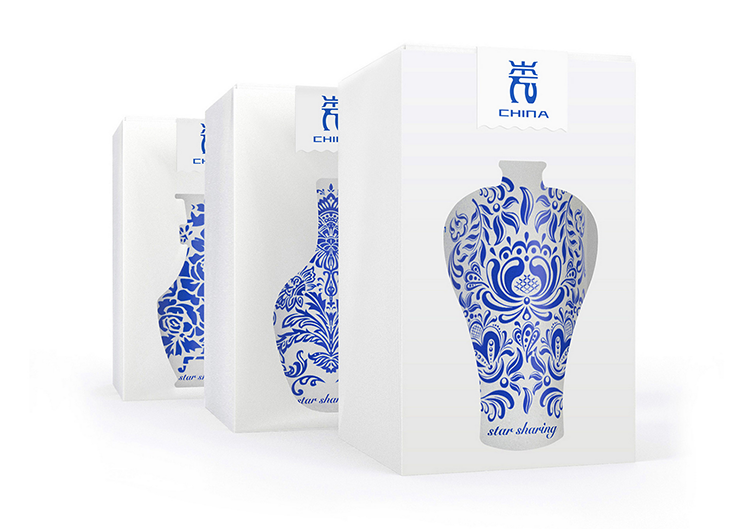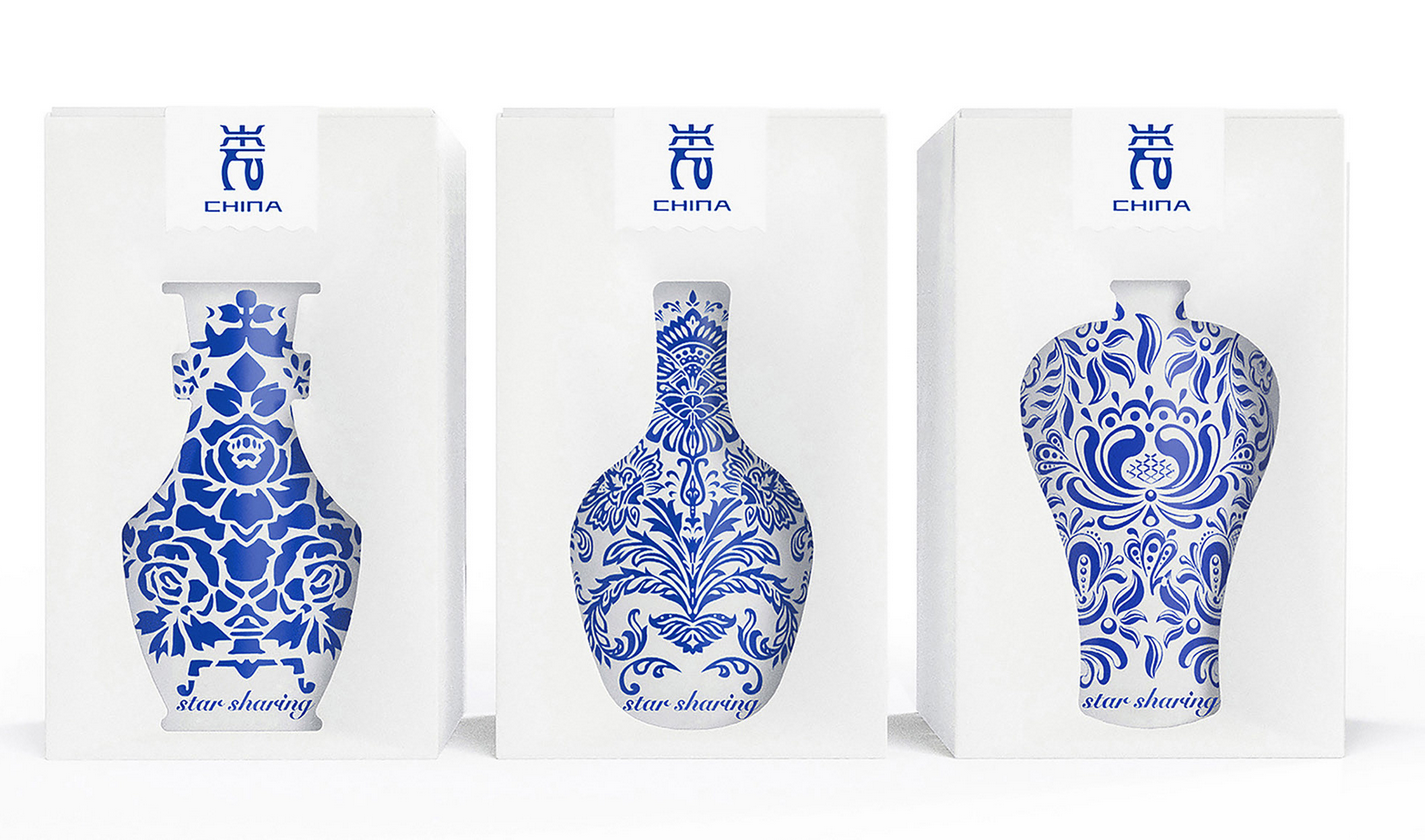Using native content in packaging design is an essential aspect of marketing a product. It is a way to connect with customers on a deeper level by tapping into cultural heritage and traditions.
By drawing inspiration from local art, craft, and traditions, packaging designers can create products that are uniquely tied to their region and resonate with consumers in a meaningful way.
In today’s globalized marketplace, consumers are seeking out products that reflect their individuality and cultural identity. By incorporating native content into packaging design, brands can differentiate themselves from their competitors and build a stronger connection with their target audience.
Blue and white porcelain packaging, is designed and produces based on the luxury and ancient dishes in the history of China. Lets go and see how the designer get inspiration from the culture of a region.
Native packaging design
using native content in packaging design can help to preserve local culture and traditions. By showcasing traditional art and craft in product packaging, designers can raise awareness of cultural heritage and promote its continued relevance and importance.

Using native content in packaging design is an important way to create a distinctive and culturally relevant product. It is also a means of preserving and promoting local culture and traditions, making it a win-win situation for both brands and communities.
Furthermore, incorporating native content in packaging design can also have economic benefits for local communities. By featuring traditional art and craft on product packaging, brands can help to create demand for locally produced goods and support local artisans and craftsmen. This can lead to increased economic opportunities for these communities. Preserve traditional skills and knowledge for future generations, can happen automatocaly.

Some advices in cultural packaging design
Be carful when using native content in packaging design. It must be accompanied by sensitivity and respect for the local culture and traditions.
Brands must ensure that they are not appropriating or misrepresenting cultural elements for commercial gain. They should work with local communities and experts to ensure that their use of native content is appropriate and respectful.
In summary, using native content in packaging design is a powerful way to create a distinctive and culturally relevant product, It can also promoting local culture and supporting local communities.
By approaching this with sensitivity and respect, brands can build stronger connections with their customers and help to preserve and promote local traditions and knowledge.

This is a series of nutritional supplements hailing from Jiangxi Province, China. Jiangxi Province is a famous porcelain capital in China. It has been rich in blue and white porcelain since ancient times, which is the source of inspiration for packaging design to obtain the regional visual characteristics of the brand. “Clean and safe” are the words that they maximize the brand characteristics.

Blue and white porcelain packaging, purity and culture
Blue and white porcelain represents their pursuit of a high-quality life to some extent. In terms of culture, porcelain has always been essential for family decoration, but it is a luxury to some extent. Porcelain usually use for gifts and decoration.
Therefore, the decoration carefully printed on the bottle interprets people’s pursuit of cultural inheritance and quality in the era of consumption upgrading.
Finally, the pure white environmental protection plastic material can reduce the product weight. It preserve the product efficacy, so as to obtain blue and white porcelain and highlight the purity of product components.
Through the plant pattern design of three classic celadon and white porcelain, the blue color of celadon and white porcelain is obtained. You can which highlights the safety of product content with plant elements.
In terms of plant patterns, the combination of patterns into an approximate water drop shape also implies the manufacturing process of blue and white porcelain. Blue and white porcelain is derived from natural water and soil. Through the complex technology of proportion between the two, it is carefully made by craftsmen.
- Client: Shanghai Senjin Industrial Co., Ltd.
- Designer: Peng Wei LionPeng

Reference: +


